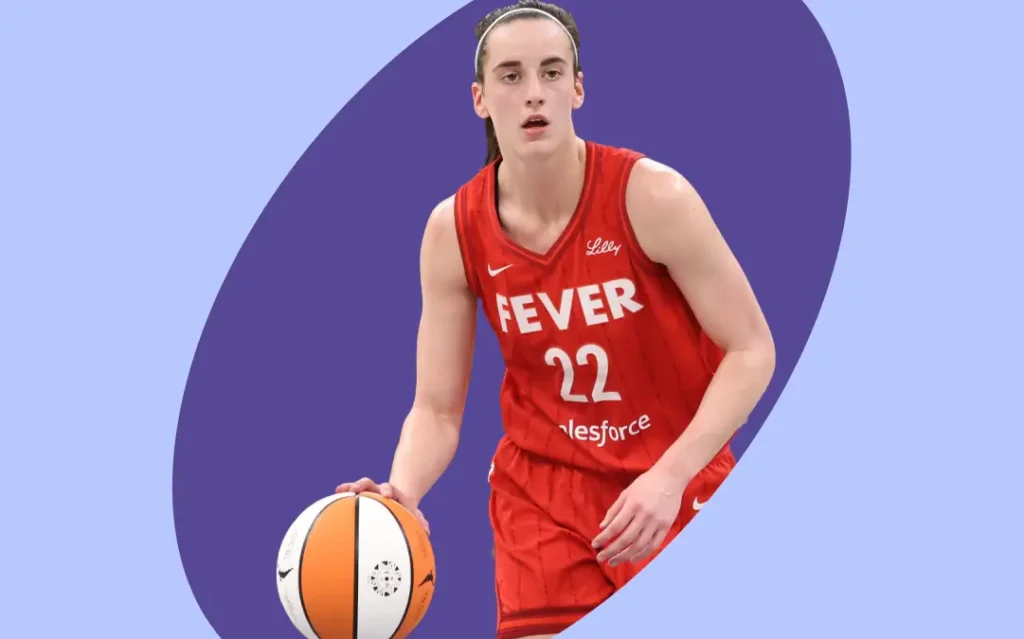Customer Obsession: How to Put Them Center Stage
Customer Obsession: How to Put Them Center Stage

B2B Marketers, Want to Drive Higher Revenue Growth? Start Obsessing Over Customers Now.
By now, B2B marketers understand first-hand that better customer experience correlates to higher revenue growth. Forrester and others have reports and studies to prove it. Leaders see it happening in real-time. Sure, the competition still matters. But businesses who are focused, and yes, obsessed, with their customers are finding more meaningful ways to differentiate, drive ROI, fuel digital innovation, and rethink how their business should really be doing business in the customer-led world of today.
But Customer Obsession Is Hard Work
Making the shift from being customer-aware to customer-led isn’t an easy one. Yes, businesses who are doing customer obsession right are agile, connected, and insights-driven. They value creativity and digital innovation – but there’s more to it than that.
Before you start obsessing, take a moment to consider these common customer obsession mistakes and how you might approach things differently.
1. Reactive vs. Proactive
Many businesses equate customer obsession with reactivity – thinking that in order to meet shifting customer needs, the brand has to react to every customer move. But like trend-jumping, this barely ever works, and it’s always entirely exhausting. Chasing customers down every path is a lost cause without a clear understanding of where they are generally headed and why.
In Forrestor’s report, “The Operating Model for Customer Obsession,” over 50% of the companies Forrester surveyed lacked a customer experience program with a clear vision that was embedded into the entire organization. This is a problem.
To not only meet customer expectations, but anticipate customer moves and build more meaningful customer journeys (requirements of successful business today), businesses need a clear picture and vision of what they want their customer experience to look and feel like, as well as a strategic and organizational plan of how to make that a reality.
2. Digital vs. Digitally Strategic
Yes, customer obsession demands a smart and agile digital strategy. But simply being “digital” isn’t always the easy-fix it seems. Your customers want more digital? Add an app for that? There are over 1.5 million apps available on an Apple iPhone. People use the majority of their time on just about five of those. See how difficult it is to be the most meaningful and top of mind? Customers have to really care about the digital experiences you are offering and how they add value and meaning to their everyday.
At Emotive Brand, we call this your brand’s Emotional Impact – how you want to make your customers feel. And once your emotional impact is clear, you can start to build more meaningful and resonant digital experiences in line with your greater vision.
3. Resistant vs. Open
It’s easy to say you’re obsessed with your customers, but is your business actually prepared to change, shift, and flex with your customer needs? Customer obsession requires a leadership team that is open to change, not resistant to it.
And this doesn’t mean just one leader is on board – everyone has to be open to change. In fact, when some people are more resistant than others, we see silos deepen and frustrations peak. Putting customers first means everyone has to be willing to hit reset, let go of old ways, embrace creativity and innovation, and try new ways of approaching the customer experience together. So before you obsess, take the steps you need to make sure your entire leadership team is open and aligned.
4. Siloed vs. Collaborative
Openness brings up the idea of collaboration. What many businesses we work with are seeing is that they aren’t properly organized to keep up with the customer journey today. Customers aren’t separating experiences like departments are. In fact, many businesses are so organizationally separated that no one is actually talking to each other.
Being customer-obsessed requires bringing everyone – marketing, sales, HR, the c-suite, design, product, etc. – to work together on shaping a better overall customer experience. The question “how can I be customer obsessed?” is not nearly as valuable as “how can we become customer obsessed together?” Brands asking the latter and embracing an ecosystem approach are the ones reaping the benefits.
Brand – The Heart of It All
At the heart of customer obsession lies your brand. Obsessing over your customers means obsessing over a brand that can exceed your customers’ every need. So what does your brand promise people? How do you deliver on that? And why should this matter to the people and businesses you want to do business with? Those are the questions we help you strategically answer. Reach out if you want to learn more about customer journey mapping or how to position your brand to better nail customer obsession today.
Emotive Brand is a brand strategy and design agency in Oakland, California






